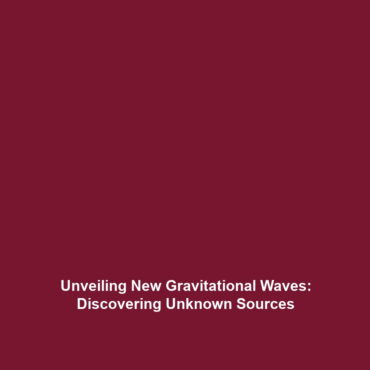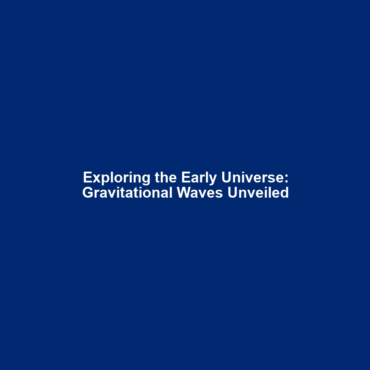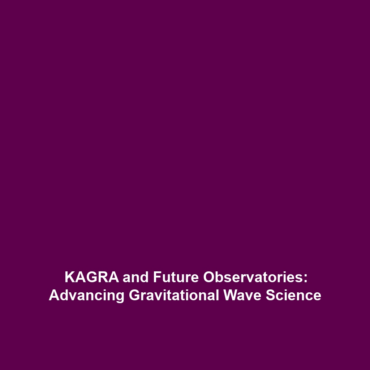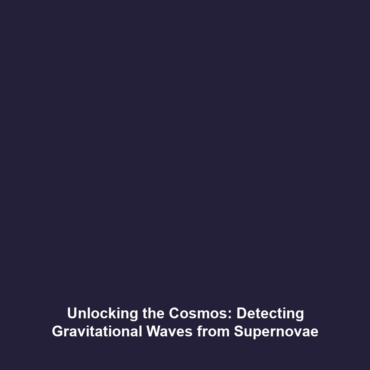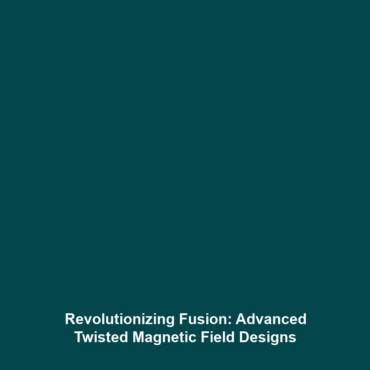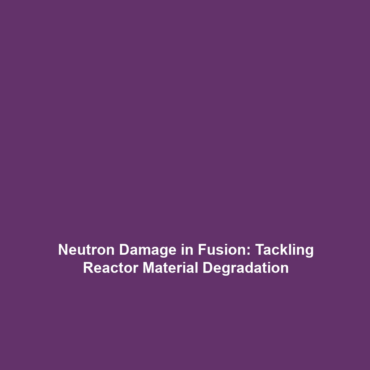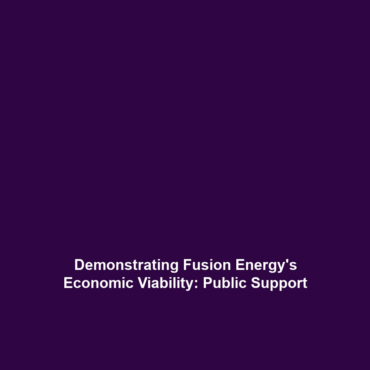Historical Context of the Human Genome Project
The Human Genome Project (HGP), a landmark initiative in genetic science, significantly reshaped our understanding of human biology and genetics. The historical context surrounding the HGP is crucial for grasping its profound impacts on science, medicine, and society. This article delves into the origins, milestones, and innovative applications of the HGP, highlighting its significance and informing future research directions.
Key Concepts
Origins of the Human Genome Project
The HGP officially commenced in 1990, spearheaded by the U.S. Department of Energy (DOE) and the National Institutes of Health (NIH). It aimed to sequence the entire human genome, comprising about 3 billion DNA base pairs. The initiative emerged from prior advancements in molecular biology and the development of DNA sequencing technologies, which laid the groundwork for large-scale genomic analysis.
Milestones Leading to the HGP
Key milestones that contextualized the HGP include:
- The discovery of the double helix structure of DNA in 1953 by Watson and Crick.
- The establishment of recombinant DNA technology in the 1970s, allowing scientists to manipulate genetic material.
- The development of rapid sequencing techniques in the late 1980s, catalyzing the feasibility of large-scale genome projects.
Applications and Real-World Uses
The historical context of the HGP informs numerous applications in medicine, agriculture, and biotechnology. Some significant real-world applications include:
- Personalized Medicine: Utilizing genomic information to tailor medical treatments to individual patients.
- Genetic Screening: Identifying genetic predispositions to diseases, thus enabling proactive healthcare measures.
- Forensic Science: Applying genomic data to solve crimes and identify individuals with high accuracy.
Understanding how historical context shaped these innovations demonstrates the profound impact of the HGP on diverse fields.
Current Challenges
Despite its remarkable successes, the study of historical context in relation to the Human Genome Project faces several challenges, including:
- Data Privacy Issues: Concerns regarding how genomic data is used and shared.
- Ethical Considerations: Addressing ethical dilemmas in genetic modifications and interventions.
- Accessibility: Ensuring equitable access to genomic advancements for diverse populations.
Future Research and Innovations
Looking ahead, the future of historical context in relation to the HGP will likely encompass:
- Advancements in CRISPR Technology: Enhancing gene editing capabilities and therapeutic applications.
- Integration of Artificial Intelligence: Utilizing AI for genomic data analysis and pattern recognition.
- Global Collaborations: Facilitating international partnerships for broader data sharing and resource pooling.
Conclusion
In summary, the historical context of the Human Genome Project provides essential insights into its development, applications, and the challenges that lie ahead. As genomic science continues to evolve, understanding this backdrop remains critical for future innovations. For more detailed discussions about the Human Genome Project and its implications, explore our related articles on future innovations and ethical considerations.

